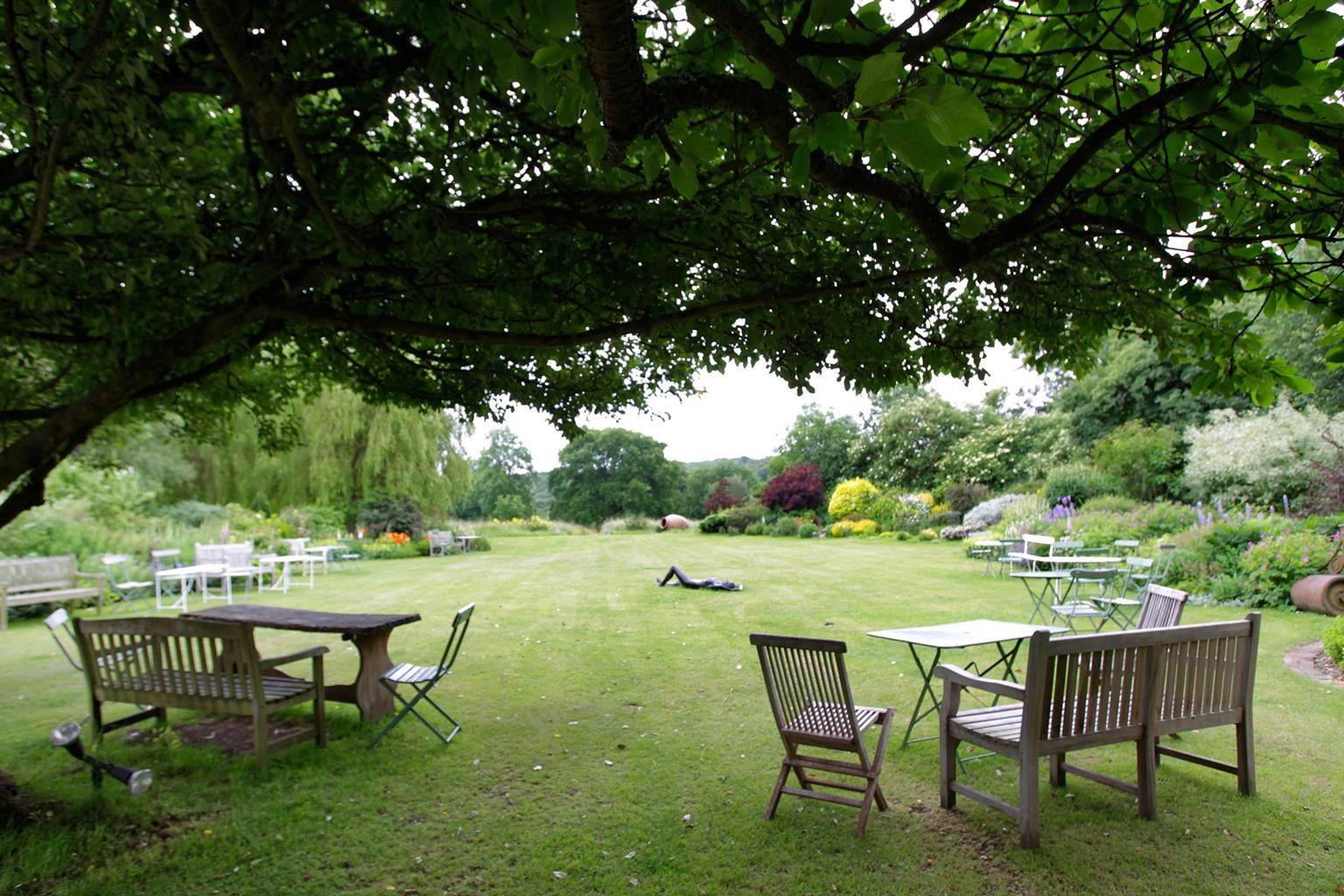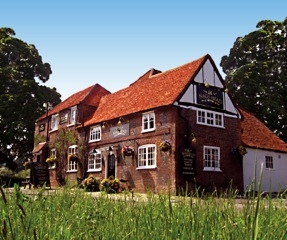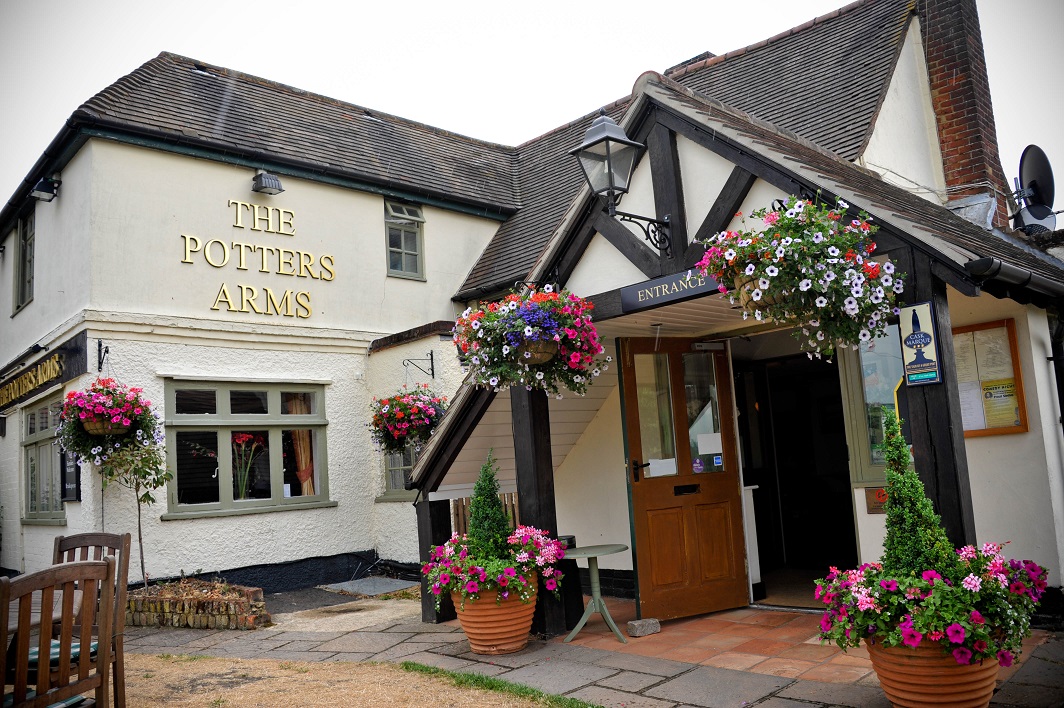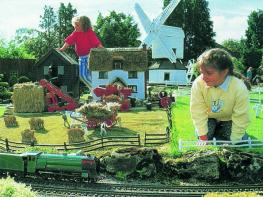In peaceful, picturesque Turville, in the heart of the Chilterns AONB, 8 miles from Marlow and…
West Wycombe and Hughenden Manor

6.25 miles (10.1kms)
About the walk
Looking at Hughenden Manor's delightful setting on the slope of a hill and surrounded by woods and unspoiled parkland, it's not difficult to see why Benjamin Disraeli, Queen Victoria's favourite prime minister, chose it as his country home in 1848.
Born in 1804, the baptised son of a Spanish Jew, Disraeli was clever and ambitious. Fiercely political, his main objectives in life were to further the cause of the workers, popularise the monarchy and foster the might, unity and glory of the British Empire. His greatest political rival was the Liberal leader William Gladstone, who disliked Disraeli's imperialism and his grand notions of empire.
Queen's favourite
It was Disraeli who turned Queen Victoria against Gladstone, forging a close association with the Monarch at a time when she most needed the trust and support of others. After her beloved Albert died in 1861, Victoria withdrew from public life to mourn his loss. As the years passed, she became an increasingly distant and reclusive figure – isolated from her family and her subjects. Benjamin Disraeli coaxed her back, winning her trust and giving her the confidence she needed to continue as queen. Towards the end of his life he became one of her closest confidants.
By the time he moved with his wife to Hughenden, Disraeli was an established novelist as well as a significant figure in British politics. As leader of the Conservative Party in the House of Commons, it was clear he was destined for higher office. Disraeli became Chancellor of the Exchequer in Lord Derby's three successive ministries and Prime Minister in the 1860s and 1870s. Widowed in 1872, he was created Earl of Beaconsfield four years later, remaining at Hughenden until he died in 1881.
When Disraeli purchased Hughenden Manor it was a white-painted, three-storeyed Georgian building of simple, unfussy design. The house was given a Gothic flavour by the architect E B Lamb in 1862, and the west wing was added by Disraeli's nephew, Coningsby. Now in the care of the National Trust, Hughenden contains most of Disraeli's books, pictures and furniture. There are manuscripts and letters from Queen Victoria, who spent some time in Disraeli's study after his funeral. The display case in the Disraeli Room has a copy of Prince Albert's speeches and addresses, given by Queen Victoria in gratitude for his moving speech in the House of Commons following the Prince Consort's death.
Walk directions
From the car park, enter the churchyard and pass to the immediate right of the church. Skirting the wall, continue on the path to the mausoleum, then line up with the A40 towards High Wycombe. Take the grassy path down the hillside (not the path on the right) to steps. Descend to the road, emerging by the Hell-Fire Caves. Turn left along the road, pass a ‘Church Lane’ sign, and take the next path right, via a kissing gate. Keeping to the right-hand boundary of the field, look for another kissing gate, then cross into the adjoining field, and go straight ahead down to a further kissing gate by the road.
Cross over, make for the trees, pass under the railway and over a stile. At the field go straight ahead, keeping to the right of the fence. Follow the path across a track, through a willow copse, and down to a second track. Continue up the field opposite towards a converted barn. With the hedge left, bear left onto a lane. At the bottom of the hill, swing right at the waymarker and follow the ride through woodland. Eventually reach a kissing gate, beyond which the path leads through a field.
Cross the field and go through a kissing gate to a track. Turn right and cut straight through the wood, ignoring turnings. Emerge at a cricket pitch and bear left along the road to a corner. Turn left for the Le De Spencers Arms or, to continue the walk, turn right past houses. When the track bends sharply left around the houses, bear right across the common and shortly into a wood. At the bottom of the hill, by a NT sign, turn sharp left (not along the bridleway). Follow the path (marked by white arrows) straight through the woods down to a crossroads. Take the path straight ahead up the steep slope to a T-junction.
Turn right and follow this path round fields and through woodland to a crossing point. Swing left along the bridleway to Hughenden Manor, or right to continue. Follow the track down, then alongside fields, and make for tree cover. Entering the wood, bear left up the slope through the trees, following the odd white arrow. Emerge between the Scout hut and a house and turn right onto Coates Lane. Pass the Bricklayers Arms and go straight over at the junction onto a footpath.
Keep ahead on either path through the trees to a housing estate. Pass the school, then turn immediately right to follow a footpath as it skirts round the school and runs down to a junction. Head straight across through trees to a sunken path, past a galvanised gate, and on to a T-junction. Bear left downhill to a lane, then left again. Follow this under a railway to a road by a garage. Cross Bradenham Road, turn right at the roundabout and walk into West Wycombe. At the end of the village turn sharp right into Church Lane and return to the car park.
Additional information
Field, woodland and parkland paths, some roads; 1 stile
Heart of Chilterns, north of High Wycombe
Lead required in villages; signs at various points request dogs be on lead or under control
AA Walker's Map 24 The Chilterns
Car park by church and mausoleum at West Wycombe
Hughenden Manor, West Wycombe House
WALKING IN SAFETY
Read our tips to look after yourself and the environment when following this walk.
Find out more
Also in the area
About the area
Discover Buckinghamshire
Buckinghamshire is a land of glorious beech trees, wide views and imposing country houses. Victorian Prime Minister Benjamin Disraeli savoured the peace and tranquillity of Hughenden Manor, while generations of statesmen have entertained world leaders at Chequers, the Prime Minister’s rural retreat. Stowe and Waddesdon Manor are fine examples of even grander houses, set amid sumptuous gardens and dignified parkland.
The Vale of Aylesbury is a vast playground for leisure seekers with around 1,000 miles (1,609km) of paths and tracks to explore. Rising above it are the Chiltern Hills, a designated Area of Outstanding Natural Beauty covering 308sq miles (798sq km). They are best appreciated in autumn, when the leaves turn from dark green to deep brown. In the southeast corner of the Chilterns lie the woodland rides of Burnham Beeches, another haven for ramblers and wildlife lovers. Although the county’s history is long and eventful, it’s also associated with events within living memory. At Bletchley Park, more than 10,000 people worked in complete secrecy to try and bring a swift conclusion to World War II. Further south, an otherwise unremarkable stretch of railway line was made infamous by the Great Train Robbery in the summer of 1963.
Nearby stays
Restaurants and Pubs
Nearby experiences
Recommended things to do
Why choose Rated Trips?
Your trusted guide to rated places across the UK
The best coverage
Discover more than 15,000 professionally rated places to stay, eat and visit from across the UK and Ireland.
Quality assured
Choose a place to stay safe in the knowledge that it has been expertly assessed by trained assessors.
Plan your next trip
Search by location or the type of place you're visiting to find your next ideal holiday experience.
Travel inspiration
Read our articles, city guides and recommended things to do for inspiration. We're here to help you explore the UK.













